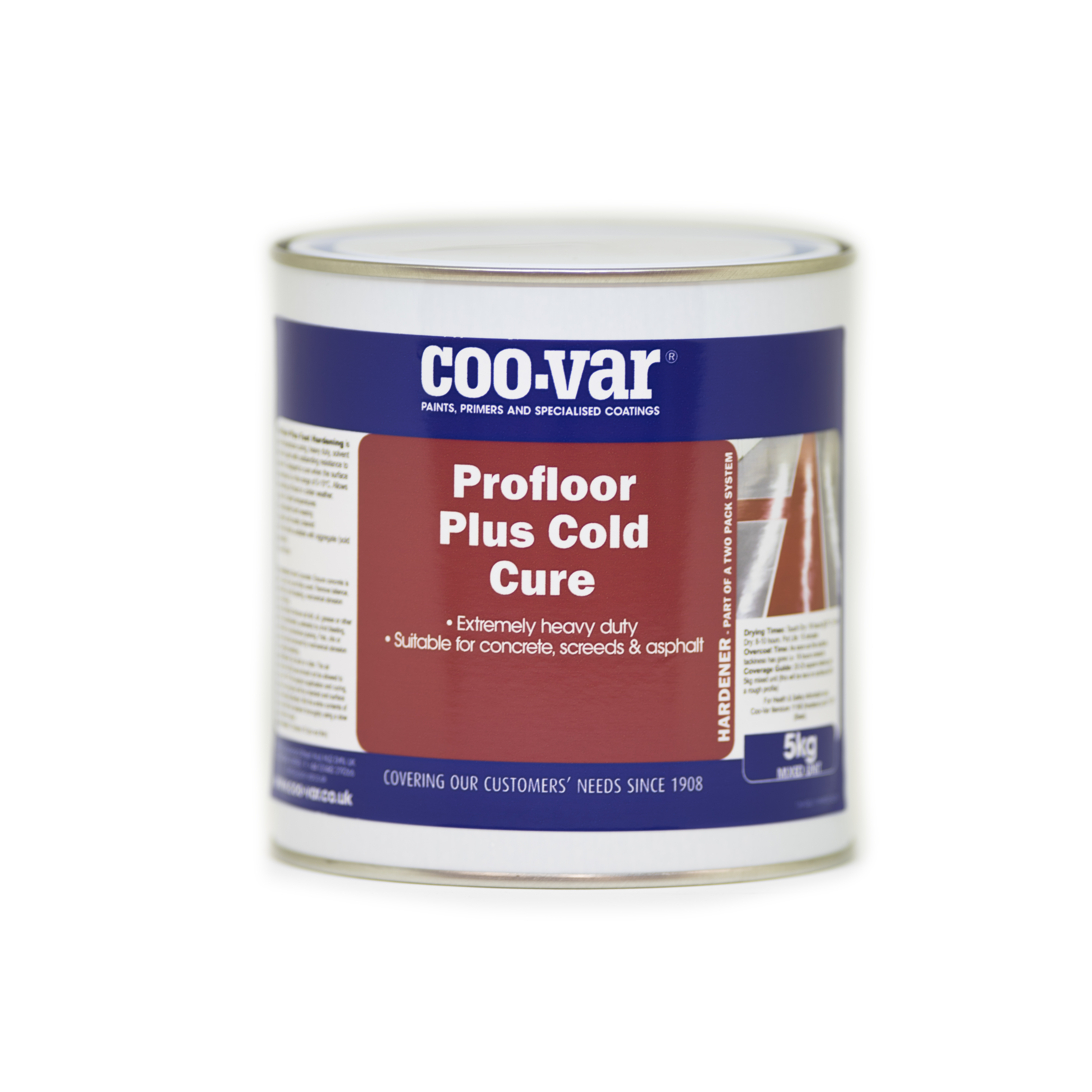Painting In The Cold

While painting in cold conditions is far from ideal, unfortunately in the early months of the year it cannot always be avoided. Particularly when tasked with decorating unheated homes or cold storage rooms.
Both the application and behaviour of paints are affected by lower temperatures; as the viscosity of a paint is increased in the cooler temperature they can become unmanageably thick – requiring you to add thinners before use. The temperature also impacts the evaporation rates of the solvents; increasing the drying times. This can be as much as increasing a 4 hour overcoat time to over 36 hours in some cases, particularly when the ambient temperature of the room drops below the recommended 10 degrees Celsius.
This is further exacerbated by surface temperatures, while the ambient temperature of the room may be 10 degrees, the surface temperature of the substrate may be well below that. If a surface is differing in temperature to the room, while the ambient temperature may fall within the accepted limits, this change on the surface may drop the paint below dew point, resulting in uneven, blotchy results. In the case of acrylic emulsions and water based paints you may witness water spotting, and in some cases, cracking or powdering of the paint film.
It is strongly recommended that you always check the temperature of the room and its surfaces prior to painting.
If you are dealing with a low-temperature room, opt for a cold curing paint, such as Profloor Plus Cold Cure; which cures down to 0 degrees Celsius, and is designed to cope with the challenges of low temperature painting.
And when heating a room during painting, dry or radiant heat is ideal, as it prevents the increased moisture and eliminates the fire risk present when using flame-based heating.
